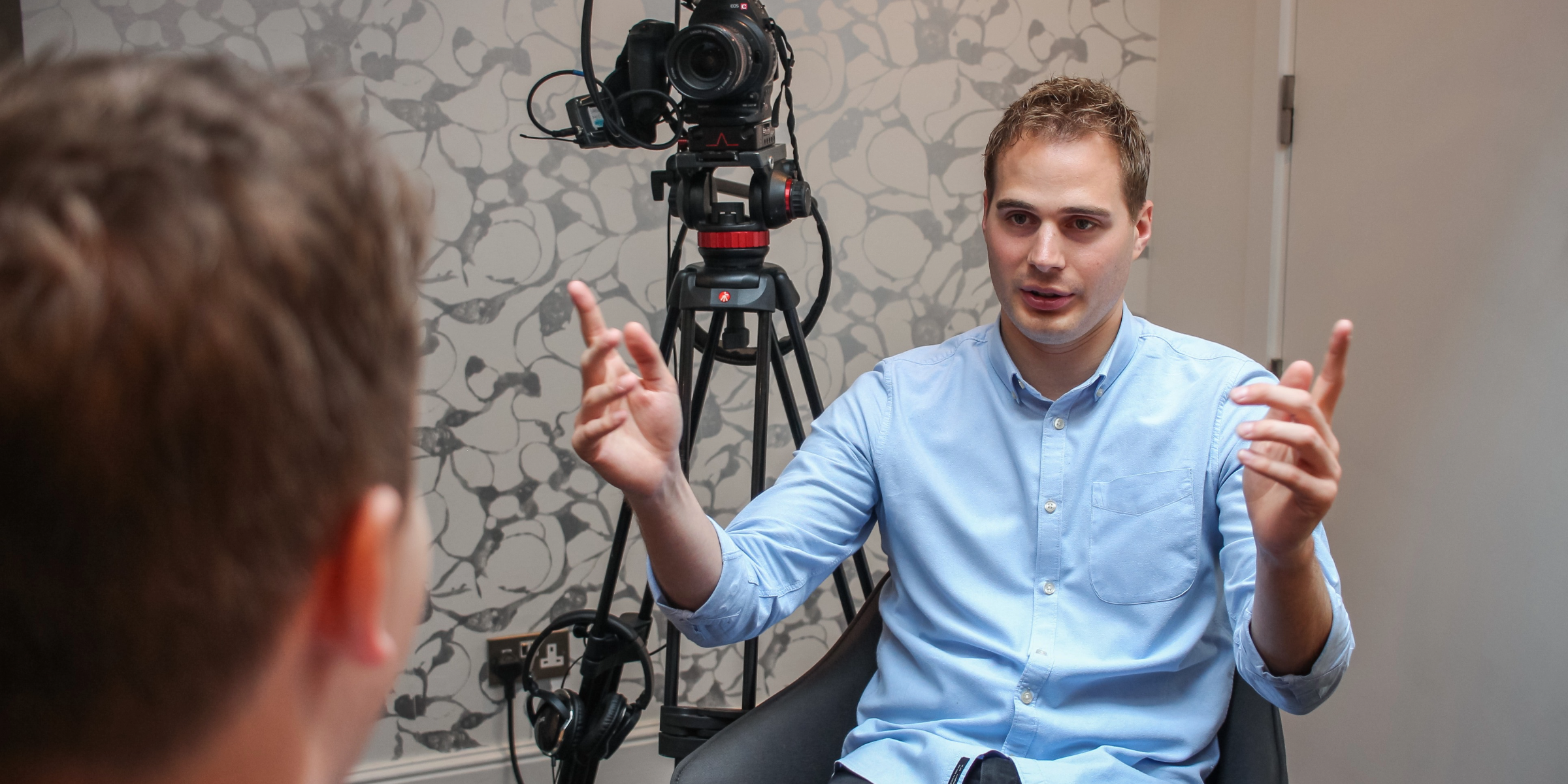Thanks to our speaker, Deputy Editor Jess Bulman who featured in our Small Talk in December.
As heard by Shout! Communications joint MD, Keren Haynes
Family orientated, putting people at the heart of the stories they cover. That’s how Jess Bulman, Deputy Editor at Channel 5 News, describes the programme’s output. Their audience is a bit of a mixed bag but would describe themselves as working class and the older demographic is increasing.
Whilst they cover the big stories, such as the pandemic and Brexit, they do this in simpler terms than perhaps other TV news and with their own twist. That means asking what a big story means to Channel 5 News viewers….how does it affect the man and woman in the street.
The audience is notably strong in the North East and North West of England, also Scotland, Northern Ireland and Kent. Hence the programmes, which air at 1700 and 1830 each day, aim to include coverage from across the UK and avoid London-centric only stories. The 1700 running order is compiled of the hard news of the day whilst the 1830 is more magazine style, part experts, part other guests.
By their own admission they can’t compete against the likes of the BBC in terms of resources. Instead, they have created an identity by focusing on under-represented voices. This is a wide spectrum, from disability and ethnicity to gender and poverty. And it’s not just box ticking. With ethnicity for example, they don’t want black experts talking only on black issues, they want their expertise used across the board.
Like other mainstream broadcasters there is a constant review of numbers in terms of equality. When it comes to ensuring a balance of male and female guests, they include everyone. This contrasts with some broadcasters who don’t for example, include the Prime Minister in the analysis which is bound to skew the numbers.
Just six or seven stories will be covered in any one day, so if you’re lucky enough to get coverage for a story on Channel 5 News count yourself lucky, the competition is stiff.
Television is notorious for booking in guests and then dropping them, as a better story comes along. In journalism and PR we get this, but it’s still a relief to hear from Jess that only half of each programme is planned for (the rest of the stories breaking organically) – meaning once your spokesperson is booked in there’s less of a chance of them being dropped!
Pet hates that Jess shares with many broadcasters include mass emails that refer to readers not viewers, spelling mistakes and being bombarded with the same story. If they like the story they’ll get back to you – it doesn’t get any better because it’s been sent out multiple times.
You’ll have to move quick to get coverage this side of Christmas though. There are no news programmes on Channel 5 between December 24th and Monday 4th January. Lucky them to miss Brexit!



